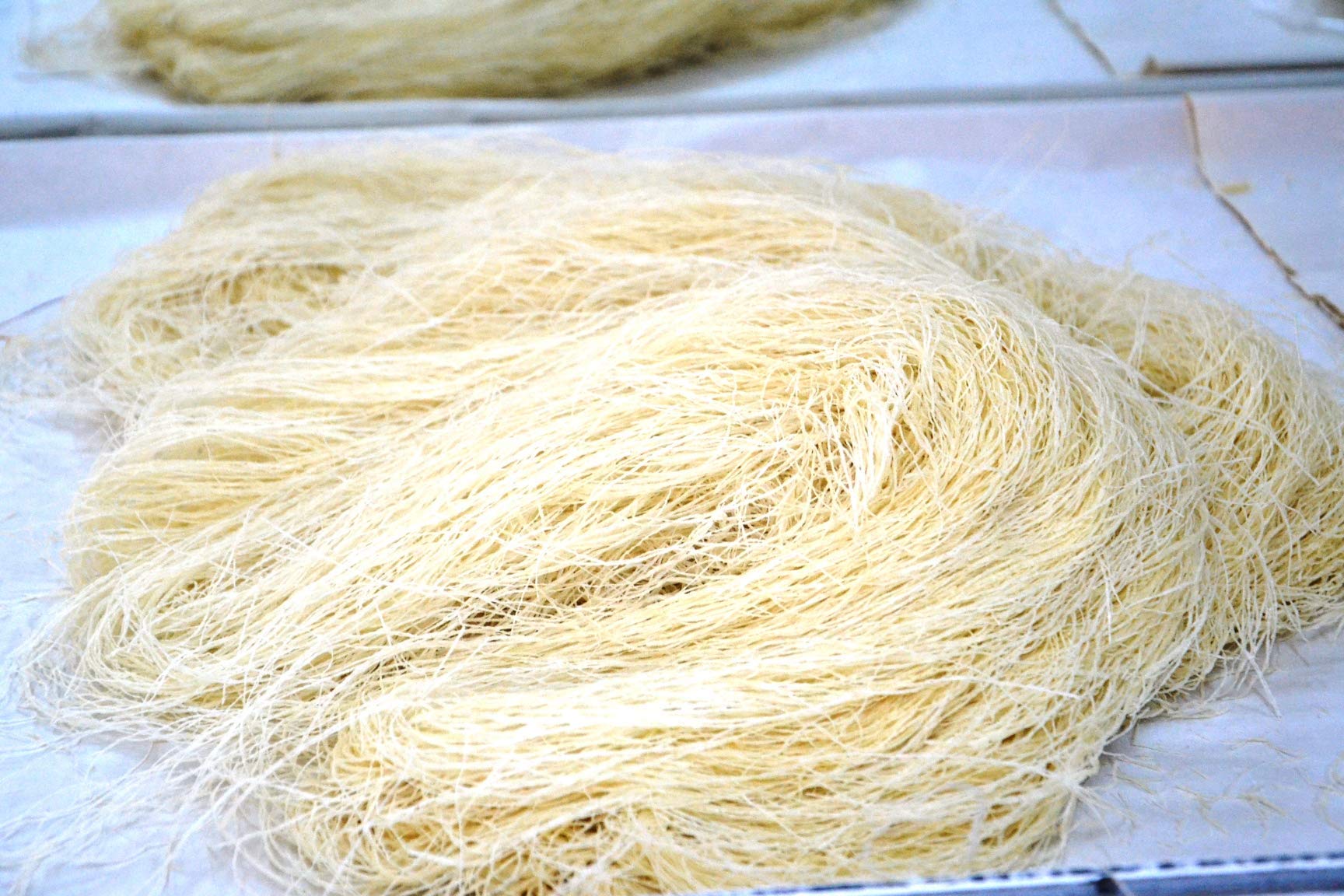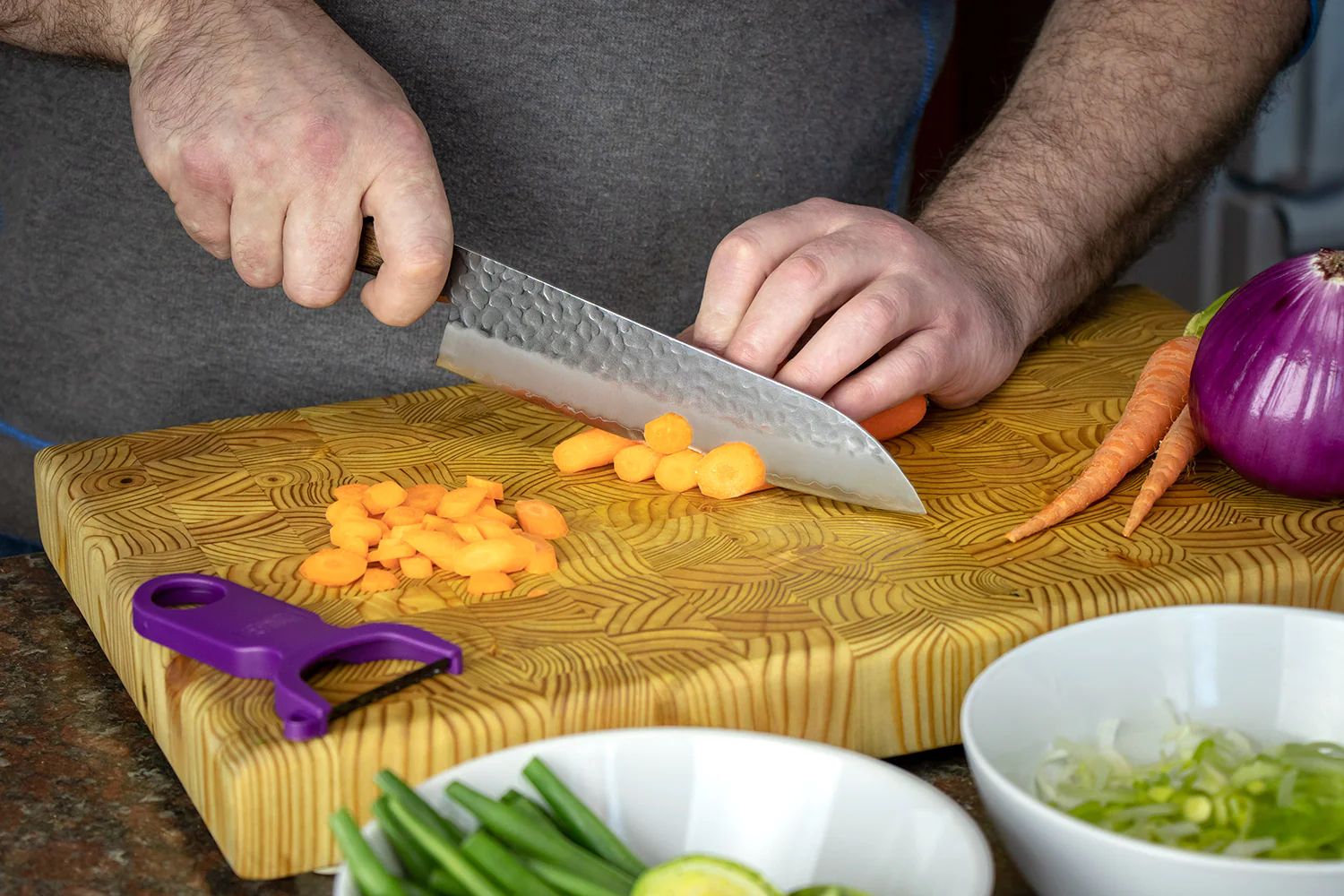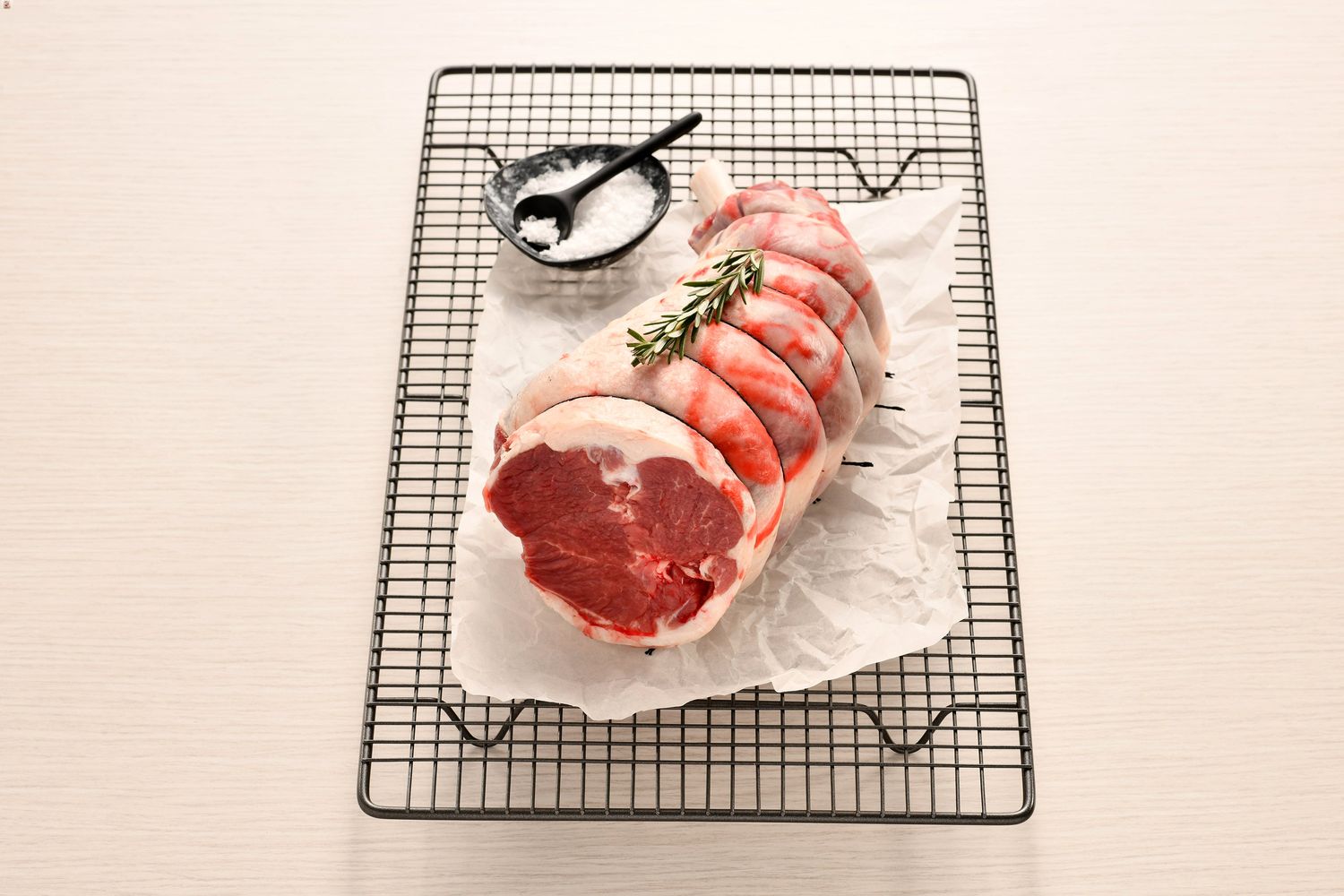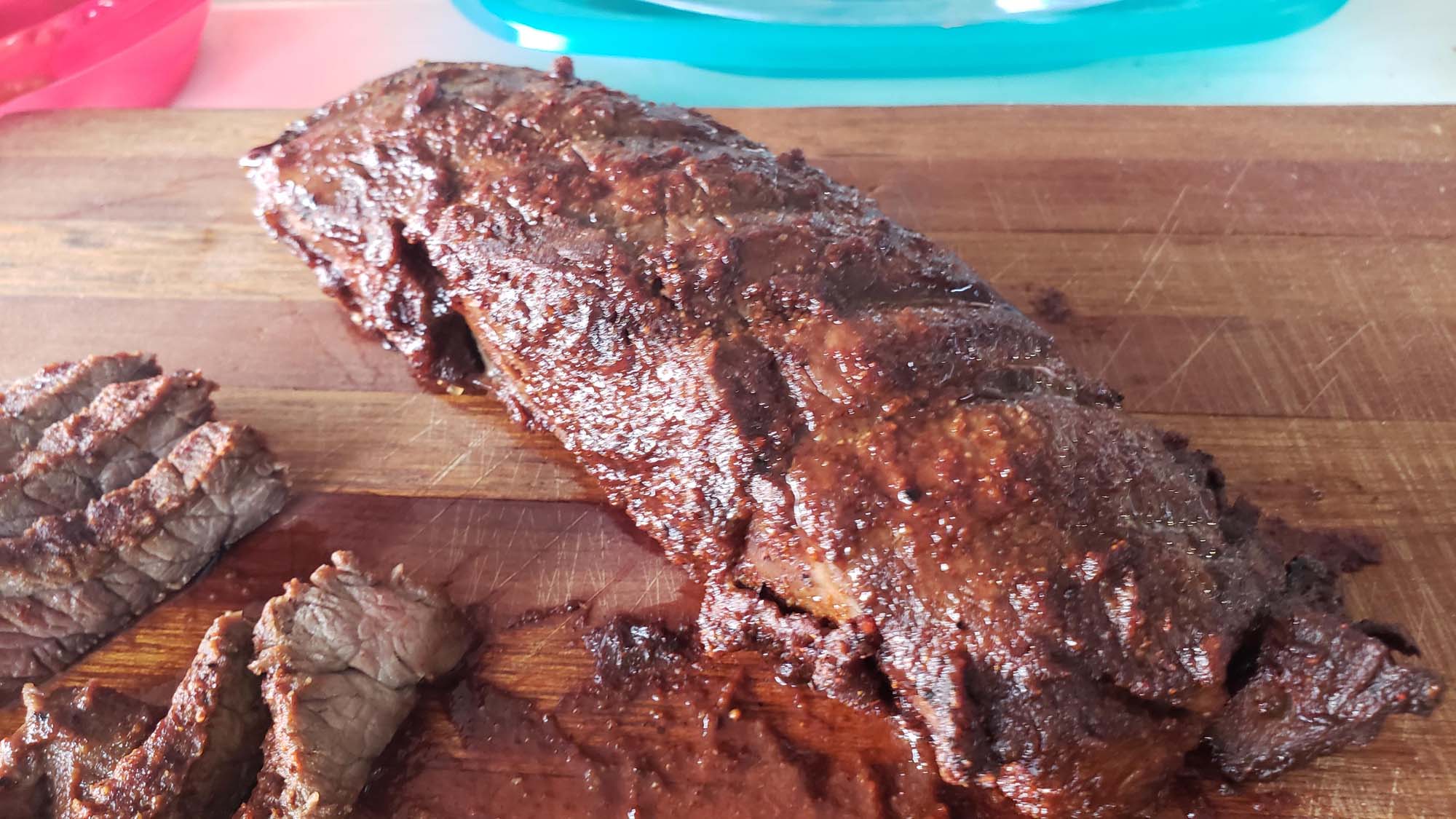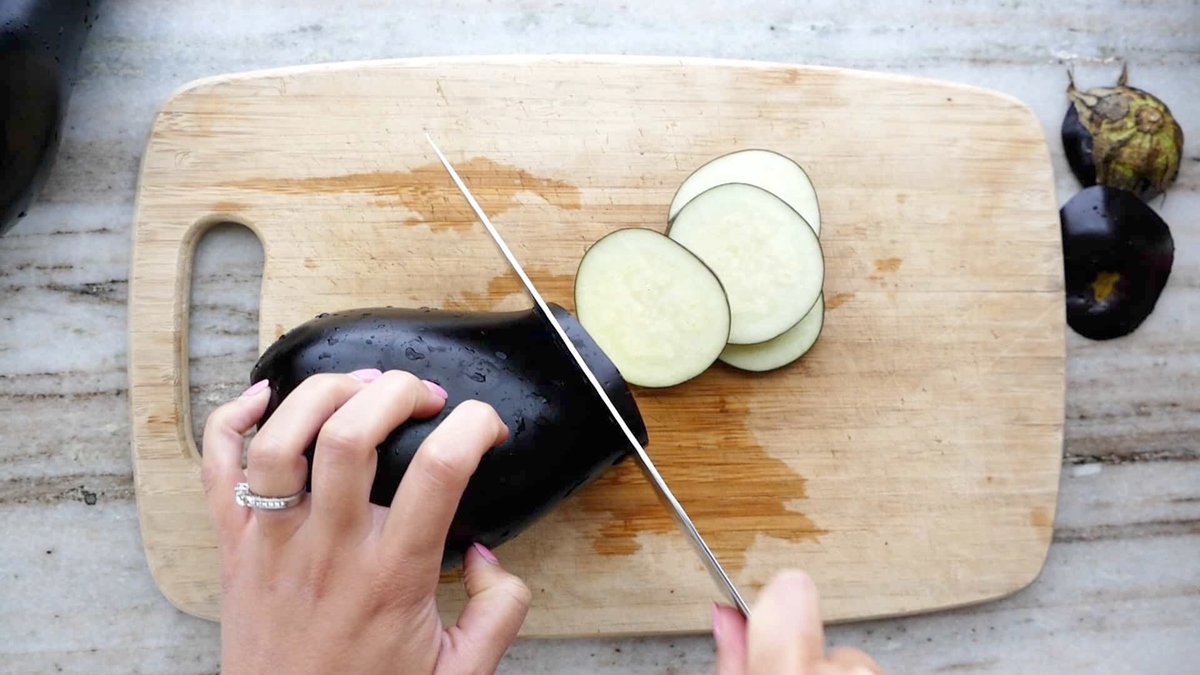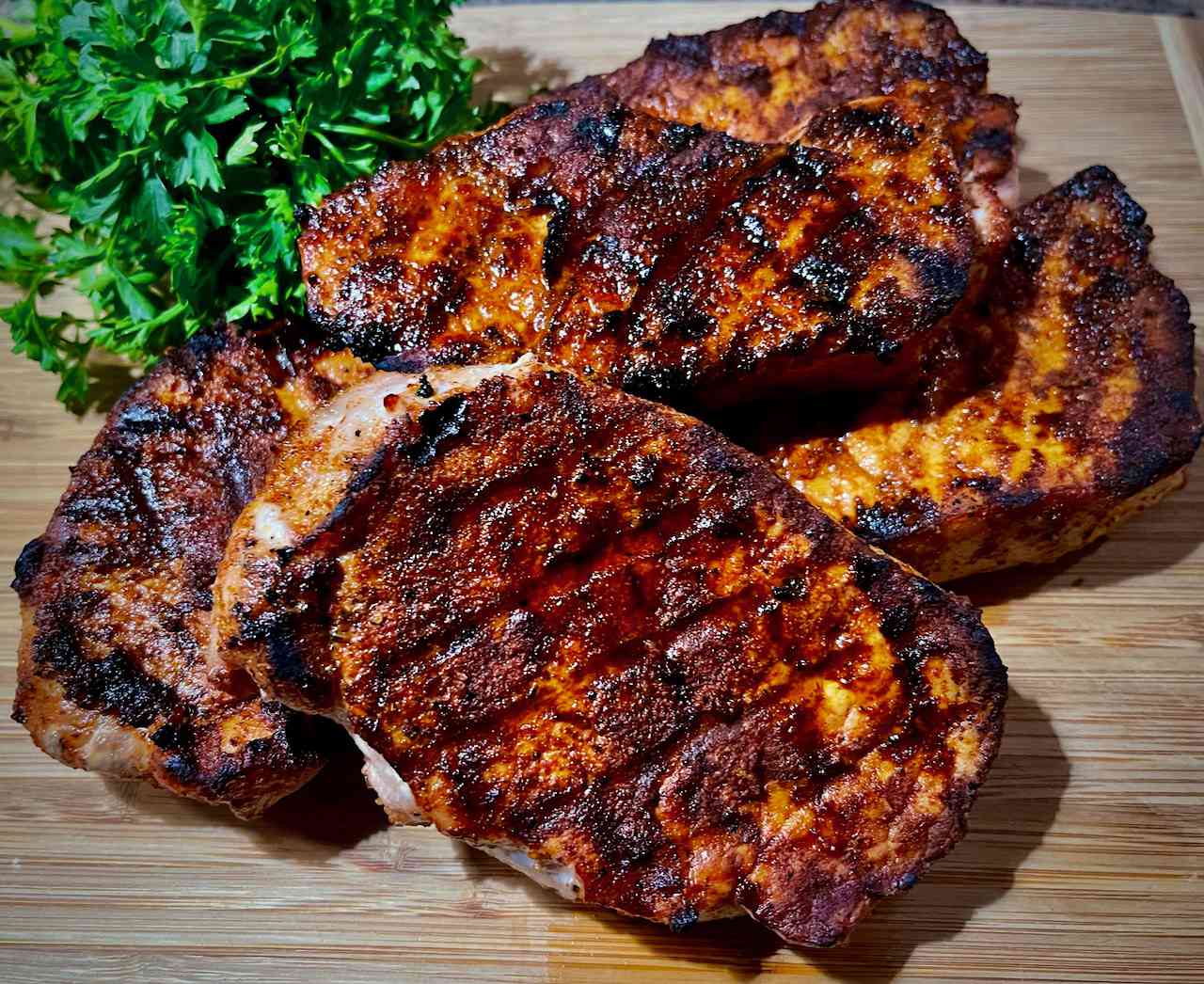Electrohydrodynamic drying (EHD) is a cutting-edge method that uses electric fields to remove moisture from food. This technique offers faster drying times, better energy efficiency, and improved food quality compared to traditional methods. EHD works by creating an electric field that accelerates the evaporation process, preserving nutrients and flavors. Understanding the basics of EHD can help you master this innovative drying method, making it easier to produce high-quality dried foods at home or in a professional kitchen. Ready to dive into the world of EHD? Let's explore its techniques and benefits.
Essential Ingredients for Electrohydrodynamic Drying
Ingredients:
- 2 cups fresh strawberries, hulled and sliced
- 1 cup blueberries
- 1 cup raspberries
- 1 cup blackberries
- 1 tablespoon lemon juice
- 1 tablespoon honey
- 1 teaspoon vanilla extract
- 1/4 teaspoon salt
Necessary Tools for Electrohydrodynamic Drying
- High Voltage Power Supply: Essential for generating the electric field required for electrohydrodynamic (EHD) drying.
- Spray Nozzle: Used to atomize the liquid food into fine droplets for efficient drying.
- Grounded Collector: Captures the dried particles, ensuring they are safely collected post-process.
- Insulating Material: Prevents unwanted electrical discharge, ensuring safety and efficiency during drying.
- Temperature and Humidity Sensors: Monitor the drying environment to optimize drying conditions and prevent overheating.
- Control Unit: Manages the power supply and environmental conditions, crucial for consistent drying results.
- Safety Equipment:
- Insulating gloves: Protects the operator from electrical hazards.
- Safety goggles: Shields eyes from potential splashes or particles.
- Cleaning Tools:
- Soft brushes: For gentle cleaning of sensitive components.
- Isopropyl alcohol: Effective for sanitizing the equipment post-use.
Electrohydrodynamic drying uses electric fields to remove moisture from food efficiently, preserving nutrients and texture. This method reduces drying time and energy consumption compared to traditional drying techniques.
Why Mastering Electrohydrodynamic Drying is Important
Electrohydrodynamic drying uses electric fields to remove moisture from food. This method preserves nutrients, flavor, and texture better than traditional drying. It’s faster and more energy-efficient, reducing costs and environmental impact.
We use this technique to ensure high-quality dried foods. It maintains color, taste, and nutritional value.
Step-by-Step Guide to Electrohydrodynamic Drying
Mastering the Techniques of Electrohydrodynamic Drying
Step-by-Step Guide:
-
Preparation of Materials
- Select the appropriate food items for drying.
- Wash and clean the food thoroughly.
- Cut the food into uniform pieces to ensure even drying.
-
Setting Up the Equipment
- Assemble the electrohydrodynamic drying system.
- Ensure all components are clean and functioning properly.
- Calibrate the system according to the manufacturer’s instructions.
-
Initial Drying Phase
- Place the food items on the drying tray.
- Set the initial voltage and airflow parameters.
- Start the drying process and monitor the initial moisture removal.
-
Adjusting Parameters
- Observe the drying progress.
- Adjust the voltage and airflow as needed to optimize drying.
- Maintain a consistent drying environment.
-
Monitoring Moisture Content
- Use a moisture meter to check the moisture content of the food.
- Record the moisture levels at regular intervals.
- Ensure the moisture content reaches the desired level.
-
Final Drying Phase
- Reduce the voltage and airflow gradually.
- Allow the food to reach equilibrium moisture content.
- Ensure the food is completely dry but not over-dried.
-
Cooling and Packaging
- Turn off the drying system.
- Remove the dried food from the drying tray.
- Allow the food to cool to room temperature.
- Package the dried food in airtight containers to preserve quality.
-
Cleaning and Maintenance
- Disassemble the drying system.
- Clean all components thoroughly.
- Inspect for any wear and tear.
- Store the equipment in a dry, safe place.
-
Documentation and Analysis
- Document the drying parameters and results.
- Analyze the efficiency of the drying process.
- Make notes for future improvements.
-
Safety Precautions
- Wear appropriate protective gear.
- Ensure the work area is well-ventilated.
- Follow all safety guidelines provided by the equipment manufacturer.
-
Troubleshooting Common Issues
- Identify common problems such as uneven drying or equipment malfunction.
- Refer to the user manual for solutions.
- Contact the manufacturer for technical support if needed.
-
Optimizing Efficiency
- Experiment with different voltage and airflow settings.
- Test various food types to determine optimal conditions.
- Implement findings to improve future drying sessions.
Mastering Electrohydrodynamic Drying
Electrohydrodynamic drying isn't just a fancy term. It's a game-changer for preserving food. By using electric fields to remove moisture, this method keeps nutrients intact and enhances flavor. Unlike traditional drying, it works faster and uses less energy. This means crunchier snacks, longer shelf life, and better taste.
For anyone serious about food preservation, understanding this technique is key. It offers a modern solution to age-old problems. Whether you're a home cook or a professional chef, mastering electrohydrodynamic drying can elevate your culinary creations. So, next time you think about drying food, give this method a try. It might just become your new favorite kitchen hack.
Frequently Asked Questions About Electrohydrodynamic Drying
What is electrohydrodynamic drying?
Electrohydrodynamic drying is a method that uses electric fields to remove moisture from materials. It’s more efficient than traditional drying techniques and can help preserve the quality of food and other products.
How does electrohydrodynamic drying work?
This technique works by applying a high-voltage electric field to the material. The electric field creates a force that pulls moisture out, speeding up the drying process without using high temperatures.
What are the benefits of electrohydrodynamic drying?
Benefits include faster drying times, lower energy consumption, and better preservation of the material’s quality. It’s especially useful for drying heat-sensitive items like fruits and vegetables.
Is electrohydrodynamic drying safe for food?
Yes, it’s safe for food. The process doesn’t involve harmful chemicals or extreme heat, making it a good option for preserving the nutritional value and taste of food.
Can I use electrohydrodynamic drying at home?
This method is mostly used in industrial settings due to the need for specialized equipment. However, as technology advances, more user-friendly versions might become available for home use.
What types of materials can be dried using electrohydrodynamic drying?
It’s versatile and can be used on a variety of materials, including food products, pharmaceuticals, and even textiles. The key is that the material should be able to withstand the electric field without damage.
How does electrohydrodynamic drying compare to traditional drying methods?
Compared to traditional methods like air drying or freeze drying, electrohydrodynamic drying is faster and more energy-efficient. It also better preserves the quality and nutritional content of the dried material.
